Here is a demo in the thread, download it, it is a Xamarin.Forms project,
1) Run it on your phone, then it will create this path:/storage/11E3-2116/Android/data/com.companyname.cropsample/files/Pictures
2) Add this in the MainActivity, under LoadApplication(new App());:
Java.IO.File sdCardPath = Environment.GetExternalStoragePublicDirectory(Environment.DirectoryPictures);
// filePath: /storage/11E3-2116/Android/data/com.companyname.cropsample/files/Pictures
string destPath = Path.Combine("/storage/11E3-2116/Android/data/com.companyname.cropsample/files/Pictures/", "test.png");
string originPath = Path.Combine(sdCardPath.AbsolutePath, "nULSa.png");
Android.Util.Log.Error("lv", destPath);
FileOutputStream fos = new FileOutputStream(destPath, false);
FileInputStream fis = new FileInputStream(originPath);
int b;
byte[] d = new byte[1024 * 1024];
while ((b = fis.Read(d)) != -1)
{
fos.Write(d, 0, b);
}
fos.Flush();
fos.Close();
fis.Close();
storage/D660-18BD/ is wrong path, you can't get the permission, you have the permission only in your package folder. So you need create the path. Sorry I can't find where the path created, maybe you can find it.
This is the result:

The only thing you need to is to create this path: /storage/11E3-2116/Android/data/com.companyname.cropsample/files/Pictures firstly, once it created, then you can write. I hope it will help.
Update:
I find the solution:
using Android.App;
using Android.Widget;
using Android.OS;
using System.IO;
using Java.IO;
using System.Collections.Generic;
using Android.Content;
using Android.OS.Storage;
using Java.Lang.Reflect;
using System;
namespace WritToSd
{
[Activity(Label = "WritToSd", MainLauncher = true)]
public class MainActivity : Activity
{
string s;
protected override void OnCreate(Bundle savedInstanceState)
{
base.OnCreate(savedInstanceState);
// Set our view from the "main" layout resource
SetContentView(Resource.Layout.Main);
// important codes start:
List<string> avaliableStorages = getAvaliableStorages(this);
for (int i=0;i<avaliableStorages.Count;i++) {
// because there is only one external sd card, so s is the path we need.
s = avaliableStorages[i];
}
var str=this.GetExternalFilesDir(null).AbsolutePath;
string direction = s + "/Android/data/" + this.PackageName + "/files/Pictures";
Java.IO.File file = new Java.IO.File(direction);
if (!file.Exists())
{
file.Mkdirs();
}
// end
Java.IO.File sdCardPath = Android.OS.Environment.GetExternalStoragePublicDirectory(Android.OS.Environment.DirectoryPictures);
// filePath: /storage/11E3-2116/Android/data/com.companyname.cropsample/files/Pictures
string destPath = Path.Combine(direction, "test.png");
string originPath = Path.Combine(sdCardPath.AbsolutePath, "test.png");
Android.Util.Log.Error("lv", destPath);
FileOutputStream fos = new FileOutputStream(destPath, false);
FileInputStream fis = new FileInputStream(originPath);
int b;
byte[] d = new byte[1024 * 1024];
while ((b = fis.Read(d)) != -1)
{
fos.Write(d, 0, b);
}
fos.Flush();
fos.Close();
fis.Close();
}
public List<string> getAvaliableStorages(Context context)
{
List<string> list = null;
try
{
var storageManager = (Android.OS.Storage.StorageManager)context.GetSystemService(Context.StorageService);
var volumeList = (Java.Lang.Object[])storageManager.Class.GetDeclaredMethod("getVolumeList").Invoke(storageManager);
list = new List<string>();
foreach (var storage in volumeList)
{
Java.IO.File info = (Java.IO.File)storage.Class.GetDeclaredMethod("getPathFile").Invoke(storage);
if ((bool)storage.Class.GetDeclaredMethod("isEmulated").Invoke(storage) == false && info.TotalSpace > 0)
{
list.Add(info.Path);
}
}
}
catch (Exception e)
{
}
return list;
}
}
}
}
